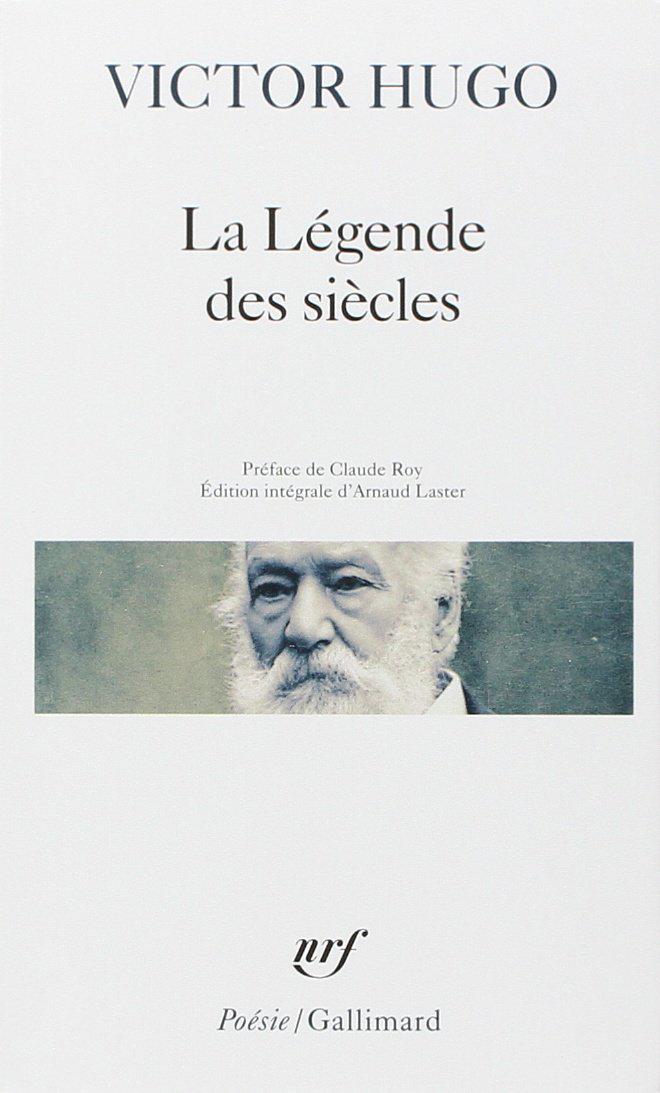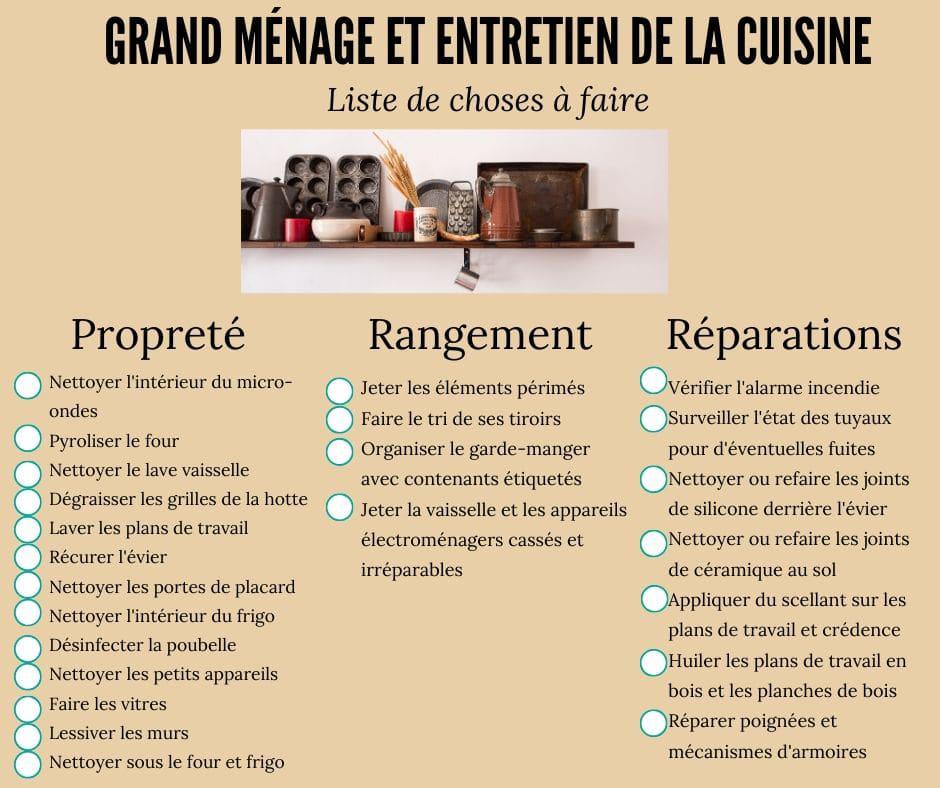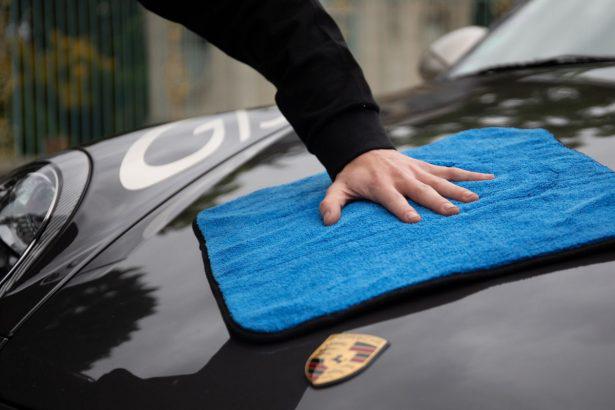Furniture, lighting, bronzes…, know-how French manufactures no longer needs to be demonstrated. Sought after worldwide for the restoration of heritage, historical furnishings and special orders, these houses, most of them a hundred years old, have opened up to contemporary creation and publishing.
Thinking of contemporary creation as the backyard of design and industrial publishers and get lost. For several years now, the historical manufactures have been exploring the full creative potential of a generation of curious talents open to workshops and crafts. Nothing new: the great decorators and interior designers of the 20th century knew the importance and the brilliance of these behind the scenes, both laborious and virtuoso, to the point of stylistically annexing the tool and the production. The history of modern French decorative arts tells the story. After several decades of relegation and work in the service of heritage, restoration and special orders on behalf of prestigious private clients, it is a whole world who knows how to see far who puts his excellence at the service of the creators of the day. Who find in these invitations virgin lands, marvelous archives, unique and enthusiastic know-how, and capacities of realization that the industry refuses them. Cabinetmakers, marquetry makers, bronzers, ironworkers in the lead, here are some of these historic houses, mostly founded in the 19th century but entering the 21st century, promoting a new partnership with the elite of interior designers. and designers of the time.
Heir to the family ironwork, founded in 1880 in Moulins, Henri Pouenat, former disciple of the great Gilbert Poillerat, forged his reputation by working for the famous Jansen house and the construction of the first class apartments of the liner France. After his death in 1987, his ultimate heir, François Pouenat, emancipated himself by selling the house more than twenty years ago to Jacques Rayet, a former industrialist from Moulins who came from the metalwork. In 2003, Rayet opened Pouenat to creation with the stylist Julie Prisca (Modénature) and with Kaki Kroener, who will “relook” traditional chandeliers by making a splash. Will follow Michel Jouannet, whose pedestal table "S" remains a bestseller, François Champsaur, Tristan Auer, India Mahdavi, Olivier Gagnère, Thomas Boog, Nicolas Aubagnac, Damien Langlois-Meurinne, Isabelle Stanislas... To show the best, and for the first time in its rich history, Pouenat will open in Paris, passage Dauphine, a specific space where the collections of furniture, lighting and mirrors, recently signed by Humbert & Poyet, Stephane Parmentier, Jean-Louis Deniot. With 300 products in the catalog made to order and handcrafted, Pouenat has its own internal design office, subcontracts upholstery, wood, stone and glass and requires three to six months of lead time depending on the project. Customers ? Louis Vuitton, Balmain, the Plaza Athénée, the Crillon... If the Americans, the English and the Russians are jostling, Pouenat has chosen to present its new editions at the Furniture Fair in Milan last September, namely the creations of Yann Le Coadic (without Alessandro Scotto), designer of aluminum furniture called “Ehrero”.
pouenat.fr
We never let go of metal with the brothers Henry and Gaston Delisle, bronzers and ironworkers who set up on their own in 1895, rue Pavée in Paris, within the walls of the Hôtel de Lamoignon - the Marais was then the stronghold of bronzers. Their specialty: high quality lighting and furniture. Very quickly, the house will assume a posh clientele, the Camondos, Broglies, Gunzburgs, Ephrussis, Polignacs..., who fill the order books, followed by Prince Kinsky, King Peter I of Serbia and, above all, the great -Duke Paul of Russia with whom Delisle will forge unfailing bonds of friendship. Exiled to Paris with his wife Olga Paley, Paul will have a private mansion built in Boulogne, which Delisle will decorate. Back in favor with Tsar Nicolas II, also a client of the house, the Grand Duke had an identical palace erected in Tsarskoye Selo, just before the 1917 Revolution, which Delisle set about furnishing and lighting. Promoted watchmaker to King Albert I of Belgium, Delisle was able to win the favors of the very wealthy American fortunes, Vanderbilt in the lead, but also those of Paul Poiret, Elizabeth Arden and other beauty and couture kingpins. His son Jean Delisle, keen on Art Deco, will work Ruhlmann, Leleu, Arbus, Dupré-Lafon. In 1936, the house moved into the walls of the Hôtel de Canillac, a 17th century building, where it now occupies the first floor between courtyard and gardens. Moldings, gilding, mirrors and old parquet floors: the succession of salons exhibits a thousand sparkling lights. After Jean, Pierre-Jacques and Jean-Michel, it is Jean Delisle who presides over the house, frequented by demanding clients and by the elite of great decorators, palaces, museums and castles. With four thousand references in the catalog, between chandeliers, gates, torchieres and furniture, Delisle hangs a few best-sellers from the ceiling, such as the "Yves Saint Laurent" chandelier. Otherwise, the lanterns of the Palais-Royal are by Delisle, those of the Alexandre-III bridge and those of the restored Bourse de commerce, too. On order, to make a piece in the catalog in the Montreuil workshops, the deadlines are fifteen weeks. Contemporary section, if the collaborations with the late Christian Duc, then with Nicolas Aubagnac and Jean-Michel Wilmotte, remained a bit confidential, that chiselled with the interior designer Elliott Barnes gave the elegant collection "Ponciana", together lanterns and pedestal tables in alabaster and bronze covered in leather. With Eric Schmitt, Jean Delisle is consolidating his contemporary incursion: recently unveiled in Paris, the “Beffroi” collection is an exercise in black or white of tables and lights in marble, alabaster and wrought iron treated with white gold. Noticed at a very young age by the late Christian Liaigre, Schmitt is a forge master specializing in counter-use and alliances of raw/precious materials juggling between plaster, crystal, bronze, opaline. That is to say that he is at ease at Delisle, which polishes its fabulous archives by reissuing these days some lights by the great decorator Emilio Terry designed in 1961 for the headquarters of the firm Petrofrance.

delisle.paris
Coming from the Ministry of the Economy, Martin Pietri has made a daring if not cheeky bet: uniting several historic manufacturers under the same banner and boosting production through contemporary creation and publishing. Claiming a hereditary vein nurtured by a few generations of ancestors, including the famous Jacob - Georges Jacob, the inventor of the "Jacob foot", designed and produced the furniture for the Queen's hamlet in Versailles; his son François-Honoré hoisted the Empire style to the zenith -, Pietri admits himself hardly gifted with his hands. But the arts and crafts fascinate him. Formed in 2015, Manufactures Emblem oversees the cabinetmaking Taillardat which it had previously acquired, the gold leaf gilder Vernaz & Daughters, the venerable Manufacture des Emaux de Longwy 1798 and the Craman-Lagarde marquetry and bronze workshop, known for having reproduced Marie-Antoinette's mother-of-pearl marquetry desk. It is through this family house founded after the war in the South-West, specialized in the so-called "shitake" marquetry technique and bought in 2019, that Pietri metabolizes his desire to "demonstrate that the contemporary opens a new way to know-how. to do traditional and that each piece created, produced is a manifesto of this vision working for the future". Indeed, while Taillardat boasts great collaborations with Pierre-Yves Rochon and Tristan Auer, Craman-Lagarde, who has already worked with designer Jean-Marc Gady, is hitting the mark this fall with a fabulous piece by Pierre Gonalons (see box ). Baptized “Le Monde”, this ceremonial piece of furniture is a tour de force that required 400 hours of marquetry (metal, wood, mother-of-pearl) and 50 hours of gilding. Edited in 8 copies, this secretary, presented during Paris Design Week in September at the orangery of the Hôtel de Sully, is now visible in the Emblem showroom. Another novelty in the field, the very recent opening in New York, at Alain Illouz, of a micro-embassy of Manufactures Emblem, in the heart of Soho, adds to a busy agenda where the 190th anniversary of Longwy is celebrated by a competition for the reinterpretation of the famous Art Deco ball.
emblemparis.fr
Renowned for its craftsmanship in terms of beautiful Louis XV and Louis XVI style seats, the Henryot & Cie upholds the values of carpentry and artistic cabinetmaking. Founded in 1867 by Clément Henryot and then a manufacturer of Henri II and Louis XIII sculpted seats, the house is located in the Vosges, in Liffol-le-Grand, the cradle of woodworking where it is said that the spinning wheel of Jeanne D'Arc ! Passed from father to son and daughter, Henryot will change its name for a time to be called Style et Confort. Leader in the copying of old top-of-the-range cars, mastering some twenty trades, working with designers and architects Dubuisson, Wilmotte or Starck, displaying gilded service records on the edges, from the Paris Opera to the Louis Foundation Vuitton, Henryot, whose creations are exclusively intended for professionals, created the Louis Roitel brand in 2018. Trained at the Ecole Boulle, Dominique Roitel is the direct heir of the founder of Henryot. Always placed in the top of the range and benefiting from Henryot's know-how, this new brand is aimed at the general public assured of 100% French manufacturing. To the modernized styles is added a section of contemporary seating, notably by Jacques Garcia, Axel Huynh or, in a more dreamlike register, the “horns and skins” armchairs by Dominique Roitel and François Maleval. Otherwise, consider the excellent work of the Parisian cabinetmaker Dissidi, poured into the portfolio of the houses of the Henryot group. Backed by prestigious collaborations with its brilliance in replicating antique furniture, woodwork and panelling, Dissidi also touches on the contemporary with interior designer Jean-Philippe Nuel.
dissidi.com, rinck.fr
Established in 1841 in Alsace by the cabinetmaker Jean Rinck, moved to Paris in 1871, the Rinck house will have accompanied all the decorative styles and currents of the second half of the 19th century, with a first apogee under Napoleon III. Eugène then Maurice Rinck will then work with the cream of the interior designers, including Lucie Renaudot and Louis Sognot. Over time, Rinck will make some purchases: this is how, after having bought the decoration agency JCT, Rinck will become the owner of all the archives of the Jansen house. Merged in 2003 with the Thierry Goux workshop, today presided over by his son Goux Valentin, Rinck evolves with ease in the 21st century with the “Hébé” and “Félicité” collections, developed under the artistic direction of Valentin Goux. While waiting for a new collection announced for April 2022, Rinck runs an interior design workshop based in Paris, a fittings and woodwork workshop located in Bourg-de-Péage and a furniture workshop located in Charleville-Mézières. Like the other manufacturers mentioned above, its influence is simply global...
louisroitel.com
Pierre LéonforteAlso read on SLAll rights reserved - Les Echos 2020








